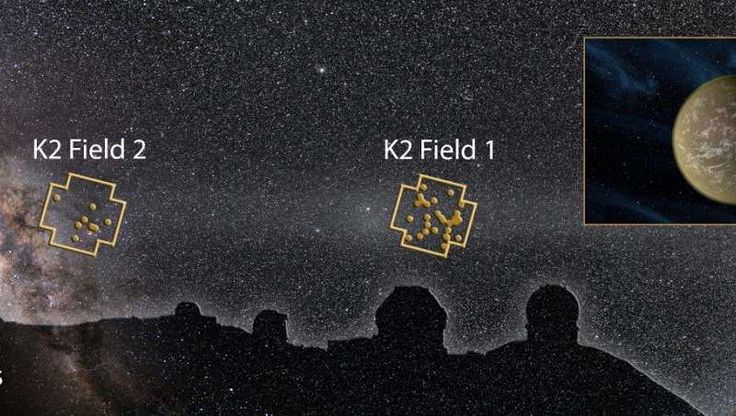Exoplanets are planets orbiting other stars outside the Earth’s solar system. So far, scientists have evidence of three types of exoplanets: ice giants, gas giants, and hot super planets in short-period orbits. How do scientists discover these exoplanets? That’s where the Kepler space telescope comes in; the Kepler Mission aims to discover exoplanets in the region of our Milky Way galaxy. You’re about to discover all about the space telescope and its findings.
A deeper look into the Kepler Mission
Scientifically speaking, the Kepler Mission aims to explore the diversity of planetary systems. It is a mission specifically designed to survey our galaxy and discover other planets in or around the habitable zone.
The Kepler Mission seeks to determine additional members of each planetary system and the percentage of larger planets around or in the habitable zone by surveying a large sample of stars. This survey is done using different methods.
Discovering exoplanets with the transit method
A transit describes a planet’s movement in front of a star as sighted from the Earth. This transit event, such as an occasional Venus transit, can be observed as a tiny black dot moving across the Sun. Kepler discovers exoplanets similarly.
Kepler detects exoplanets by observing the tiny dips in a star’s brightness when a planet moves across it. After these observations, scientists can ascertain how long such a planet takes to orbit around the star fully.
A new mission
While the original Kepler Mission was to estimate the percentage of stars hosting planets, a new mission, called K2, had to come into existence. After a second of the four reaction wheels on the Kepler spacecraft caused a mission failure in 2013, K2 was the next step.
Since the first mission to monitor over 150,000 stars to discover transiting exoplanets ended abruptly, the K2 became operational a year later. The K2 mission was to detect brightness changes using the transit method. It was an improved mission.
The Kepler Space Telescope’s field of view
The target field of view is very critical; it must never be blocked at any time for the telescope to continuously monitor the stars. The brightness of stars must be measured every few hours because transits only last a fraction of a day.
Another important requirement for a clear field of view is avoiding the Sun. This implies that the field of view must be out of the ecliptic plane. Furthermore, the target field of view must have the largest possible number of stars.
End of the mission and beginning of a new mission
Launched with 12 kilograms of hydrazine in its fuel tank, engineers could not accurately gauge the spacecraft’s tank. However, NASA announced in 2018 that Kepler’s tank was expected to run dry in the following months.
On the 15th of November 2018, engineers sent one last farewell command and decommissioned Kepler officially. Kepler has been predicted to continue its orbit around the Sun in 2060. TESS(Transiting Exoplanet Survey Satellite) replaced Kepler as an exoplanet hunter in April 2018.







